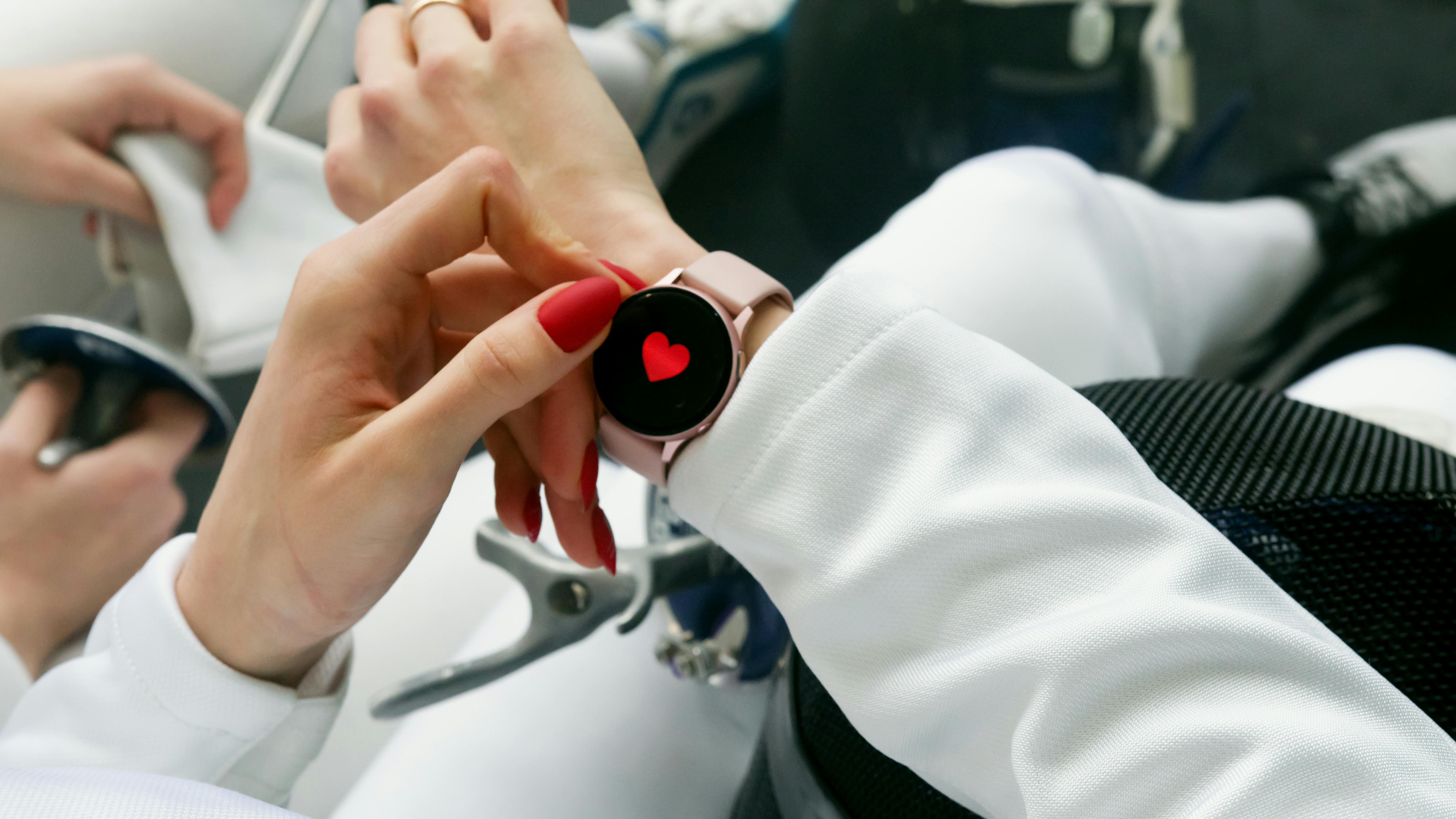
Smart Devices Redefine Daily Wellness Routines
Smart devices and wearable technology offer new ways to support your health every day. Track your exercise, monitor sleep patterns, and log meals with convenient gadgets that fit seamlessly into your routine. Many of these tools connect easily to your smartphone or home hub, giving you instant access to useful information about your well-being. With real-time data at your fingertips, you can make informed choices and build lasting habits. By integrating these innovations into daily life, you create opportunities to understand your body better and take meaningful steps toward improved health and wellness.
This guide explores current devices, setup tips, and real-life examples. You will find practical steps to choose the right gear, interpret feedback, and adjust settings to match your goals. Let’s look at how smart tech can increase your energy, improve your rest, and support a balanced life.
How Smart Devices Track Daily Activity
- Wearables: Track steps, heart rate, and workout intensity. Devices like Fitbit Charge and Apple Watch Series 9 provide on-wrist metrics and vibration reminders.
- Smart Scales: Measure weight, body fat, muscle mass, and hydration levels. Models such as Withings Body+ automatically sync data to your health app.
- Posture Sensors: Clip-on gadgets monitor spinal alignment and send alerts when you slouch. For example, Upright GO 2 offers real-time posture training.
These categories focus on core metrics: movement, weight, and posture. Each device sends data to apps that chart progress over days, weeks, or months. You will notice patterns, set milestones, and adjust routines based on real feedback.
To keep tracking consistent, place your wearable charger next to your phone. Keep your smart scale in view near the bathroom sink. These visual prompts reduce skipped days and turn daily checks into habits rather than chores.
Enhancing Sleep and Recovery
- Select a sleep tracker: Choose a ring or band designed to wear overnight, such as the Oura Ring or a soft wrist strap. Make sure the fit feels comfortable.
- Set sleep goals: Use the app to define your target bedtime, wake time, and total hours. Adjust based on how you feel the next morning.
- Activate smart alarms: Let the device wake you during light sleep phases. This reduces grogginess and enhances morning alertness.
- Review sleep stages: Check the breakdown of deep, light, and REM sleep. Focus on increasing deep sleep by setting consistent bedtimes and limiting screens before bed.
Next, pair your tracker with smart lighting. Set warm-toned bulbs to dim an hour before sleep. Automation can turn on when your tracker senses your bedtime, creating a calmer environment without extra effort.
Recovery involves more than rest. After intense workouts, use devices that estimate recovery scores based on heart rate variability. If the score is low, replace a hard run with yoga or a gentle swim. Use data to plan your rest days and avoid overtraining.
Nutrition Monitoring and Smart Kitchen Tools
Smart devices extend into your kitchen, helping you log meals and measure ingredients. Some high-end blenders, like the Ninja Foodi Power Blender, include built-in scales that weigh ingredients as you add them. This feature saves time and guarantees accurate portions.
Apps can analyze photos of your plate. Snap your meal, and the software estimates calories and macros in seconds. It’s not perfect, but it provides an instant benchmark so you can adjust your intake throughout the day.
For snacks, consider a smart pod coffee maker and a connected water bottle. The coffee maker prepares a measured brew, while the bottle tracks your sips and reminds you to hydrate. Both connect to the same wellness platform on your phone, centralizing data for easier review.
To improve accuracy, weigh your typical recipes and enter them into custom meals in your nutrition app. Over time, the app learns your favorites and suggests exact portions. You will spend less time logging and more time eating balanced meals.
Stress Management Through Wearable Tech
Wearables can detect rising stress by tracking heart rate spikes and skin temperature. When the device notices tension, it prompts you to start a breathing exercise directly on your wrist. You don’t need to reach for your phone or open an app.
Some bands offer short guided breathing sessions with haptic feedback. Your device pulses gently, guiding you through inhale-hold-exhale patterns. These quick breaks take just 60 seconds but can lower cortisol levels significantly.
To deepen stress relief, sync your wearable with a meditation speaker or smart display. When tension peaks, the device triggers a ten-minute guided session from your preferred app. You can then focus on calmness without manual effort.
Keep a stress log in your wellness app. Note what triggered each alert—missed lunch, tough meeting, or traffic jam. Over weeks, you will see common stressors and can change your schedule or environment to avoid those spikes.
Choosing and Customizing Your Device
Start by listing your top three priorities: activity tracking, sleep insights, or stress monitoring. Compare devices that excel in those areas. Read user feedback to identify real-world pros and cons. For example, one model may offer precise sleep staging but have weaker battery life.
Adjust device settings from the beginning. Change heart rate alert thresholds to match your fitness level. Set reminders for hydration, movement breaks, or breathing pauses. These notifications keep you on track without constantly opening the app.
Explore third-party apps and integrations that enhance your device’s features. You might connect your scale with a meal-planning tool to suggest recipes based on your weight goals. Or link your wearable to a home gym platform that adapts workouts in real time.
Finally, update firmware and app versions regularly. New features often improve sensor accuracy or add fresh insights. Spending a few minutes on updates can lead to months of better performance.
Using motion sensors, sleep trackers, kitchen gadgets, and stress monitors creates a personalized health ecosystem. This helps you stay accountable and motivated with each new data point.